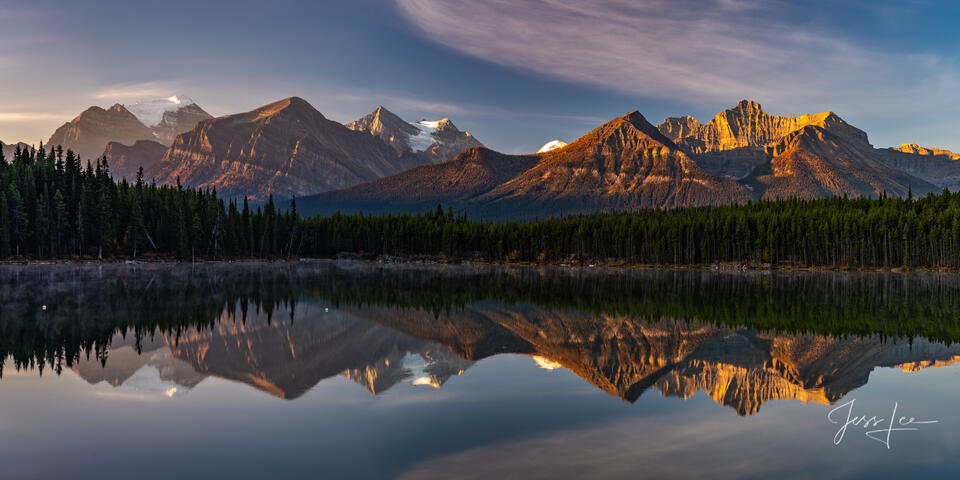
panoramic landscapes:
A horizontally extended visual representation providing a wide view of a landscape or other scene, in photography made by joining a series of shots or by using a wide-angle lens, and in film by pivoting the camera horizontally from a fixed place.
Advantages
There is a wider angle of view, so you can more of the landscape. eg, foreground, background and the middle ground.
There is compositional freedom, which means as we can assemble the resulting panorama from as many frames as we like.
The quality of the panorama is much higher compared to the single shots from wide-angle lenses in particular, as we avoid all the aforementioned negatives of wide-angle lenses.
Disadvantages
There needs to be a high level of skill due to the difficultly of taking panoramas. The photographer should already be quite experienced, as they have to cover a wide range of activities.
The image does not display the fine anatomic detail.
There are compositional limitations. Even though wide-angle lenses can cover a really wide area, they are still not without limit. We are then limited by what we can or cannot fit into the lens’ frame.
David Hockey
David Hockney, a seminal figure in the Pop Art movement, revolutionised visual art with his inventive technique of creating joiners. This method, which involves piecing together a mosaic of photographs to form a cohesive image, challenges and transcends traditional perspectives in both photography and painting. By fragmenting and then reassembling the visual field, Hockney’s joiners disrupt conventional viewpoints, inviting a deeper exploration into the intricacies of perception and representation. This introduction sets the stage to dive into the impact of Hockney’s joiners, underscoring their significance in reshaping contemporary art and photography, and illuminating their influence on artists and photographers alike
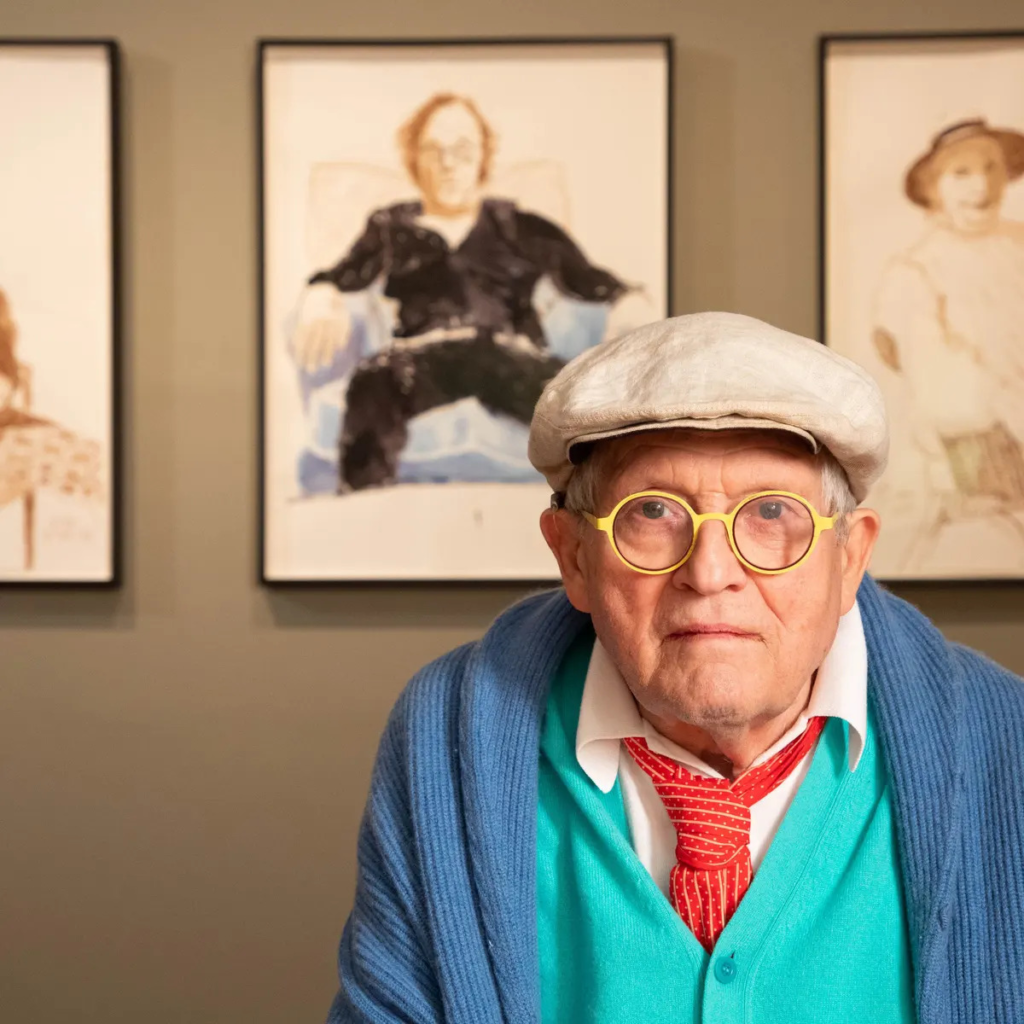
His joiner photos:
Hockney’s joiners are a fascinating exploration of perspective, time, and space through the medium of photography. This technique involves the meticulous assembly of multiple photographs to create a single, composite image.
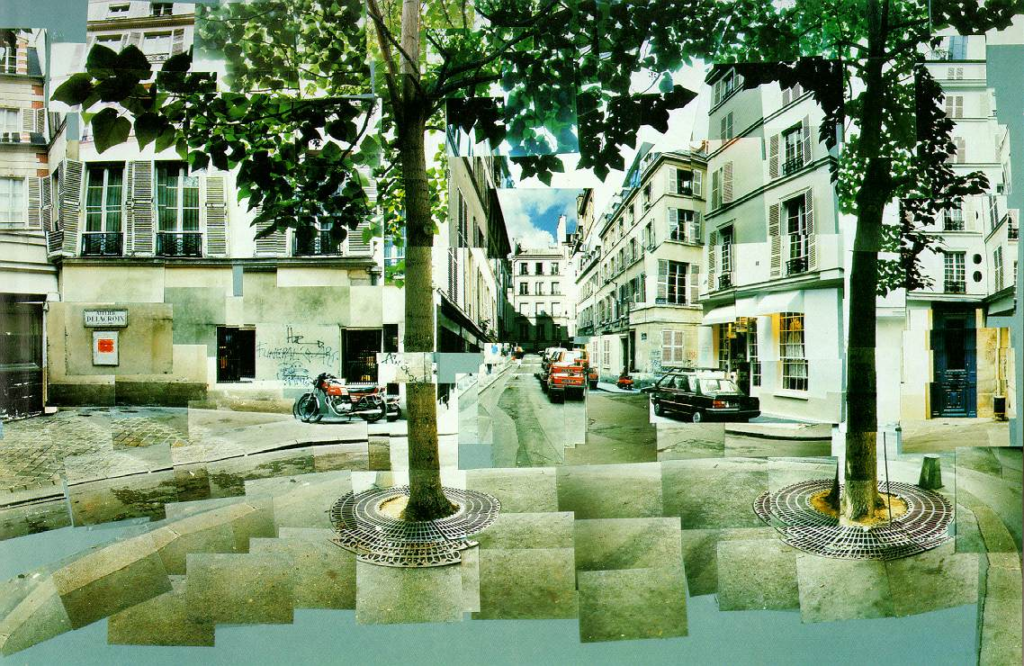
The best way to do this is to use a medium focal length lens 50-100 mm, stand in one place, lock the exposure if possible or set the camera to manual so the exposure does not change and photograph the scene. You might start at the bottom left – sweep right then move up and sweep left – and continue until the entire object is captured. Be sure to overlap your images.
Here is my own panoramic photos i have taken

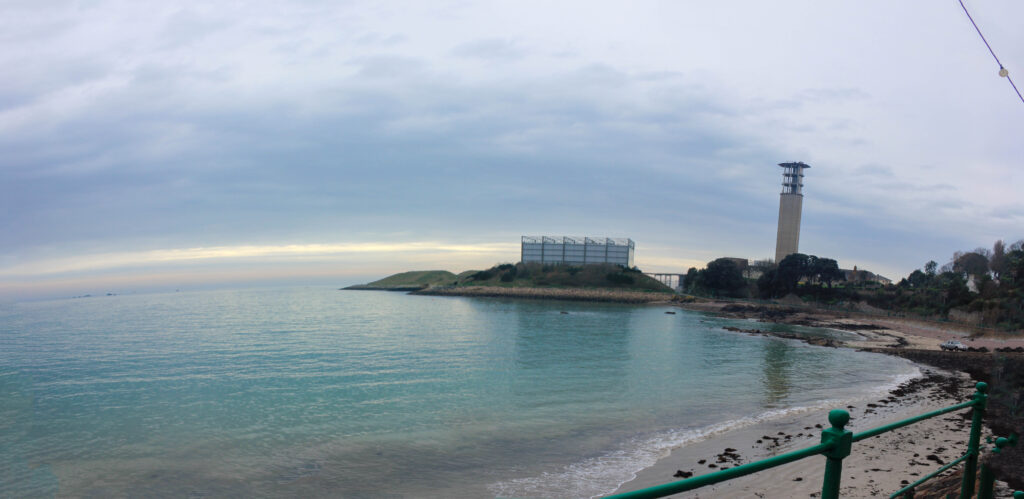
these photos were taken at Harve des par
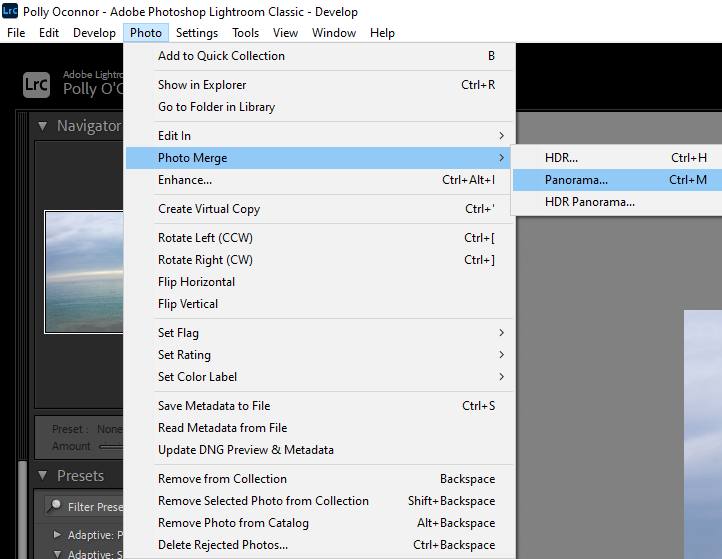
To edit them, I used Lightroom and went to photo-photo merge – panorama. I then waited for it to automatically merge all the photos I selected together to make a panorama photo.
Image Analysis
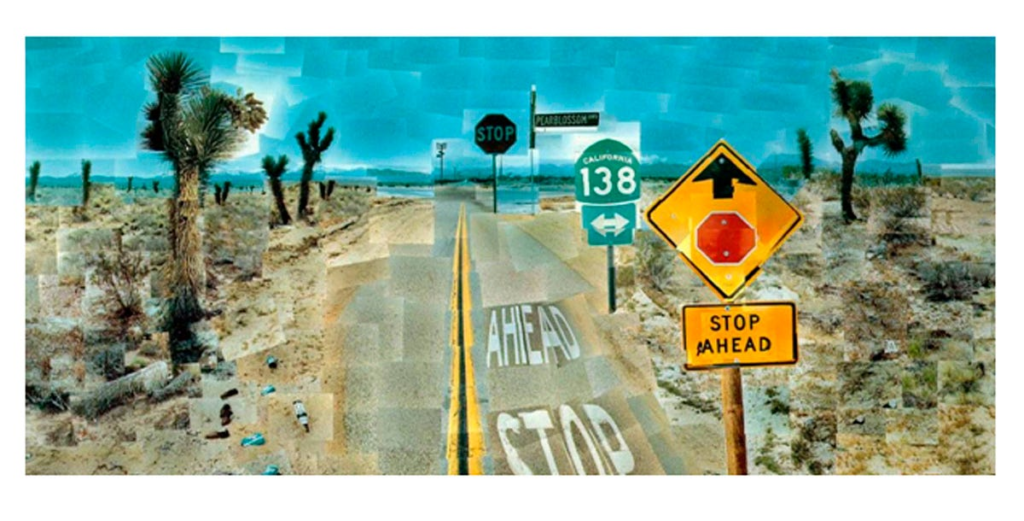
There are different types of lighting due to over 700 images in this one photo, but I think it mostly natural outside lighting. You cant tell the aperture because there are many images combined.
‘Pear blossom Highway’ is showing a crossroad in a very wide open space, which you only get a sense of in the western United States. [The] picture was not just about a crossroads, but about us driving around. I’d had three days of driving and being the passenger. The driver and the passenger see the road in different ways.
When you drive you read all the road signs, to check where you are driving. When you’re the passenger, you don’t, you can decide to look where you want.
The littered cans and bottles and the meandering line where the pavement ends and the sand begins point to the interruption of the desert landscape by the roads cutting through it and the imprint of careless travellers
David Hockney described his circumstances leading to the creation of this photocollage of the scenic Pear blossom Highway in the north of Los Angeles. His detailed collage reveals the more observations of a road trip.
